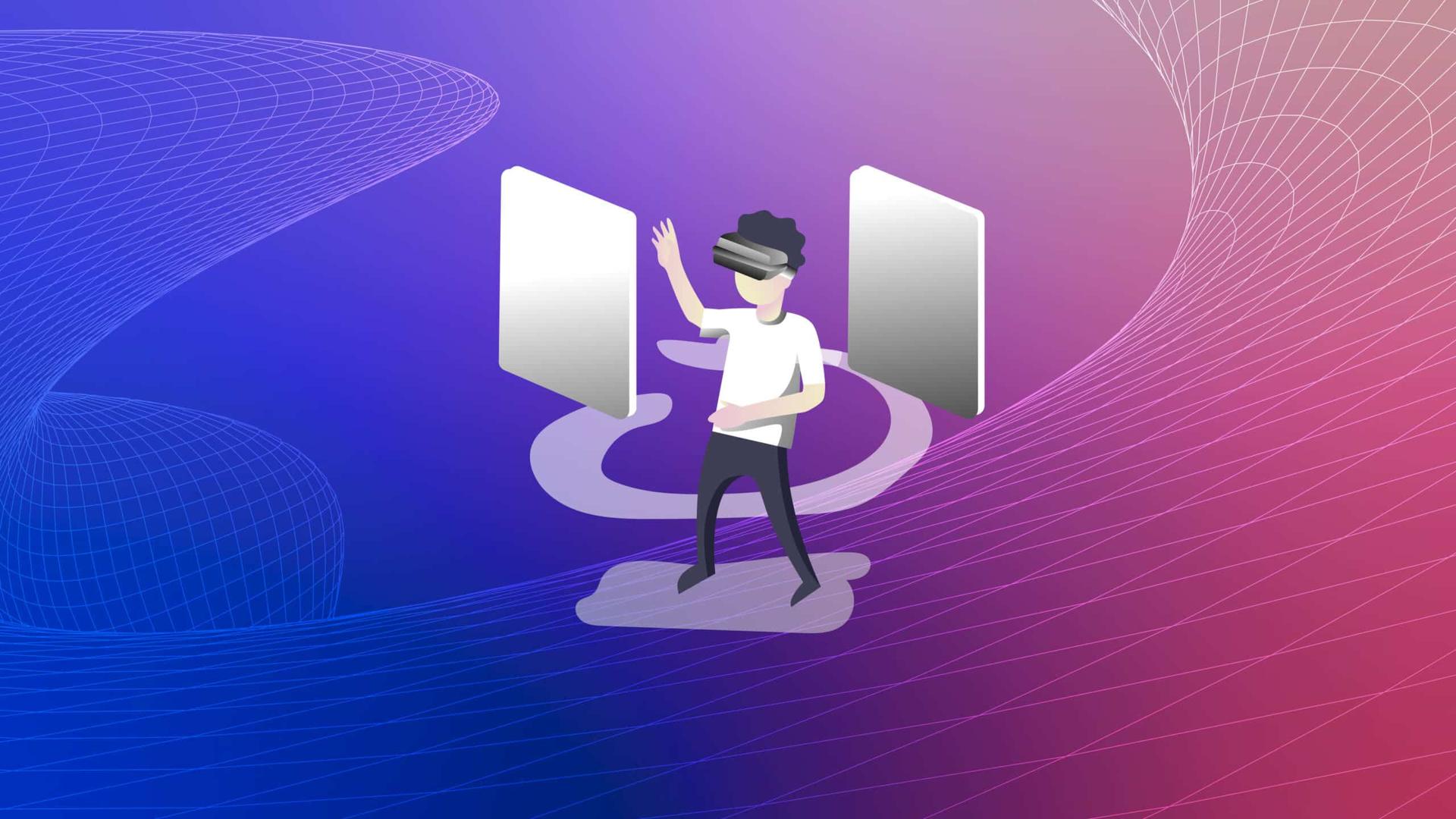How Virtual Reality (VR) and Augmented Reality (AR) Fuels the Metaverse Growth

The concept of a Metaverse—an interconnected, virtual universe with limitless possibilities—has never been more viable than it is today. This dramatic shift is primarily attributed to the exponential growth in Virtual Reality (VR) and Augmented Reality (AR) technologies. From social interaction to professional collaboration, VR and AR are setting robust virtual reality trends that redefine how we interact with digital environments. Let's discover more with Metastack.
Introduction to the Metaverse
The Metaverse has emerged as a complex digital ecosystem where physical and digital realities coalesce. Unlike traditional online platforms, it offers an immersive, three-dimensional experience that lets users interact in a setting much closer to real life. The building blocks of this parallel universe are increasingly shaped by advancements in VR and AR technologies.
Understanding Virtual Reality
Virtual Reality (VR) has been a topic of science fiction and academic research for decades. However, in recent years, VR technology has matured enough to become a cornerstone of the emerging Metaverse. But what is Virtual Reality, and how does it serve as the underpinning framework for the larger Metaverse concept?
What is Virtual Reality?
Virtual Reality (VR) is a simulated experience that replaces or replicates the real-world environment. It offers a fully immersive experience, requiring users to don specialized hardware like VR headsets.
How VR Influences the Metaverse
By creating immersive digital landscapes, VR has enabled the development of increasingly complex and interactive Metaverse platforms. It forms the backbone of virtual worlds, gaming arenas, and collaborative spaces.
Decoding Augmented Reality
As Virtual Reality (VR) continues to solidify its role as a cornerstone in building the Metaverse, Augmented Reality (AR) is carving out its own significant niche. But what is Augmented Reality, and how does it fit into the grander scheme of an interconnected digital universe?
What is Augmented Reality?
Unlike VR, Augmented Reality (AR) overlays digital objects in the real world, augmenting the existing environment's elements. AR usually requires nothing more than a smartphone or tablet.
How AR Complements the Metaverse
AR's real-world applications make it a potent complement to the immersive experiences offered by VR. For instance, AR can bring Metaverse assets into our daily lives, converting them into usable tools or interactive experiences.
Virtual Reality Trends Impacting the Metaverse
- High-Definition Graphics: Advances in GPU technology enable rendering of high-definition visuals, making the Metaverse more lifelike.
- Spatial Audio: The use of 3D audio helps in creating a multi-sensory experience, enriching interaction within the Metaverse.
- Real-time Motion Tracking: As sensor technology improves, real-time motion tracking becomes more accurate, providing a more natural and interactive user experience.
- Hand and Gesture Recognition: Incorporating advanced AI algorithms for hand and gesture recognition allows for more intuitive control and interaction within the Metaverse.
- Cross-Platform Compatibility: The Metaverse aims to be an inclusive digital universe accessible via multiple devices—VR headsets, AR glasses, or traditional computing systems.
Key Applications in the Metaverse
The Metaverse is often likened to a blank canvas, offering almost infinite possibilities for digital interactions. While Virtual Reality (VR) and Augmented Reality (AR) are key technologies shaping this parallel universe, their potential applications within the Metaverse are just as impactful. Let's delve into some key areas where VR and AR are not just facilitating but revolutionizing how we will interact within the Metaverse.
Social Interactions
VR and AR have the potential to revolutionize social media platforms by creating spaces where users can interact in a more dynamic and lifelike manner.
Education and Training
Educational institutions are exploring the use of VR and AR for immersive learning experiences, thereby creating virtual classrooms in the Metaverse.
Retail and Commerce
Businesses want to establish virtual storefronts, showrooms, and marketplaces within the Metaverse, offering a novel shopping experience.
Healthcare
Medical professionals are adopting VR and AR technologies for everything from telemedicine to surgical simulations.
Future Projections
The Metaverse is set to evolve into an even more integrated and seamless blend of physical and digital realities. With ongoing research and development in AI, blockchain technology, and data analytics, the line between reality and the digital realm will blur further, offering unprecedented opportunities and challenges.
Conclusion
The symbiotic relationship between VR and AR is a critical factor driving the growth and development of the Metaverse. Keeping an eye on emerging virtual reality trends will help us better understand the trajectory of this digital universe. With countless applications across diverse sectors, the Metaverse stands as a testament to the transformative power of technology.
This marks an exciting time to be alive as the border between our physical and digital worlds becomes increasingly porous. Fasten your seat belts; we are just beginning to explore the uncharted terrains of the Metaverse!



